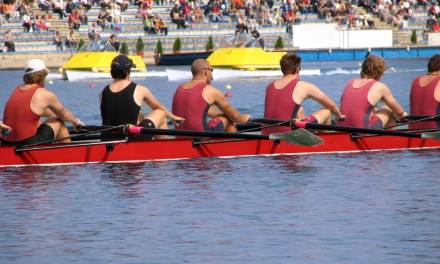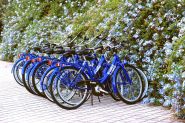Due to the nature of skeleton, it is not as simple as going down to a local sports shop and getting the appropriate equipment, as the sport requires a specialised sled, footwear, clothing and helmet. However, the popularity and media coverage of the sport has improved over recent years. This has combined to make skeleton the fastest growing Olympic winter sport.
Does this translate into the accessibility of the sport improving and seeing participation rise?
The British Skeleton “get involved” page is split into two different sections, which are “for the experienced rider” and “talent ID”. However, both options require any interested rider to send a small application form into British Skeleton. This shows that is it not just as simple buying a football and going down to the local field and using jumpers for goal posts.
In 2010, Amy Williams became Britain’s first gold medallist in a Winter Olympics for 30 years, and also the first British female individual gold medallist since Jeannette Altwegg back in 1952. She received this in Vancouver and did so despite not making the team four years earlier in 2006. Lizzy Yarnold, winning the skeleton gold medal in Sochi 2014, followed her success.
Both Amy and Lizzy did not start their careers with skeleton in mind. Amy started as a 400m runner who tried out a push start track at the University of Bath, which is where British Skeleton headquarters are based. Lizzy trained as a heptathlete, before taking part in a UK sport’s girls4 gold talent search where she was advised to take up skeleton, that was back in 2008 and she began competing in 2010.
Amy Williams herself is running a get involved day for skeleton in 2016 at the Olympic track at Igls, which is only 15 minutes from Innsbruck in Austria. A fee of £1,500 is required for the 3 day event which includes travel from Innsbruck airport, food and stay at a 5* hotel. This will mean that those potential budding skeleton athletes could be priced out of taking part in this taster event with a gold medallist.
Skeleton is never going to be the most popular sport in Britain due to the limited facilities and required equipment. In addition, it seems that geological location is a factor as to whether people can take part in skeleton. That is also the case for a number of sports; it is difficult for British athletes to train as the winters are not cold enough, yet skeleton is one of our most successful winter sports.
This shows that the schemes for identifying talent and the efforts of British Skeleton are producing athletes such as Amy Williams and LIzzy Yarnold are working and are success.










